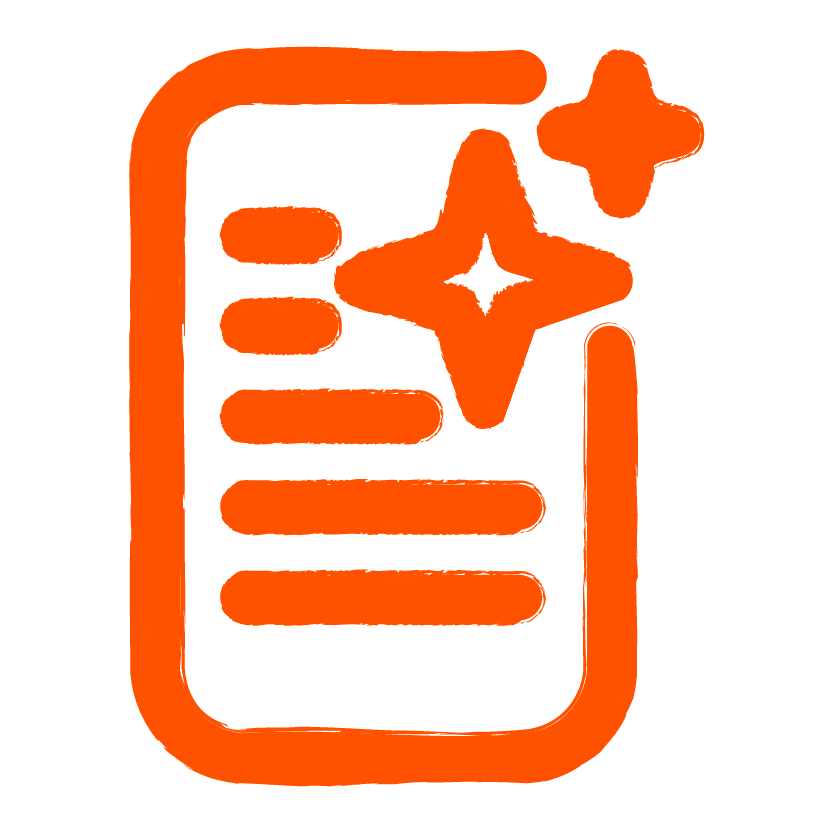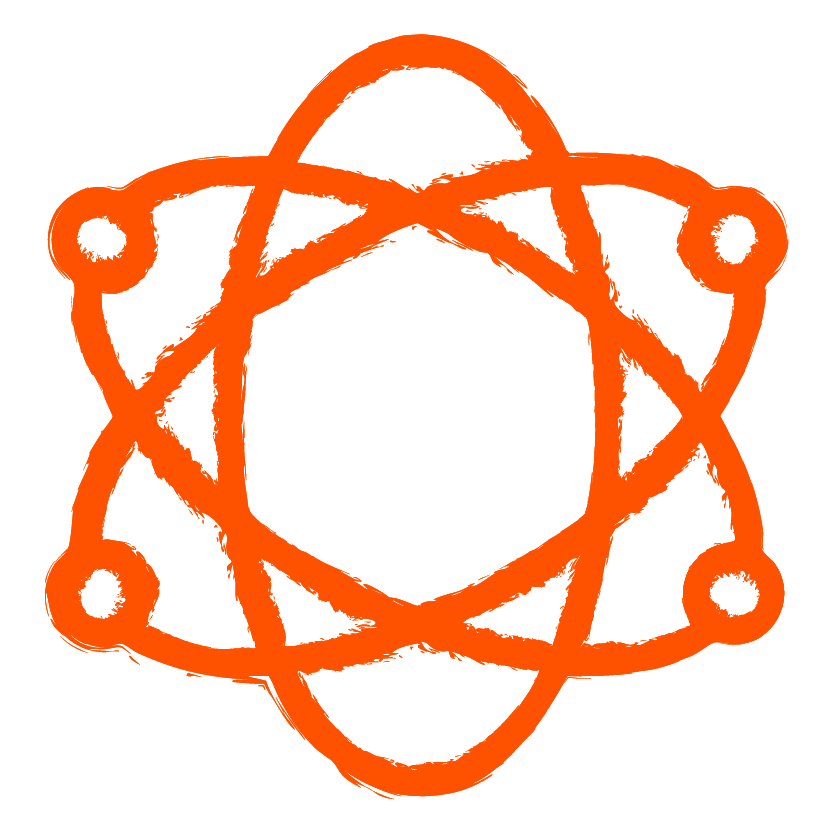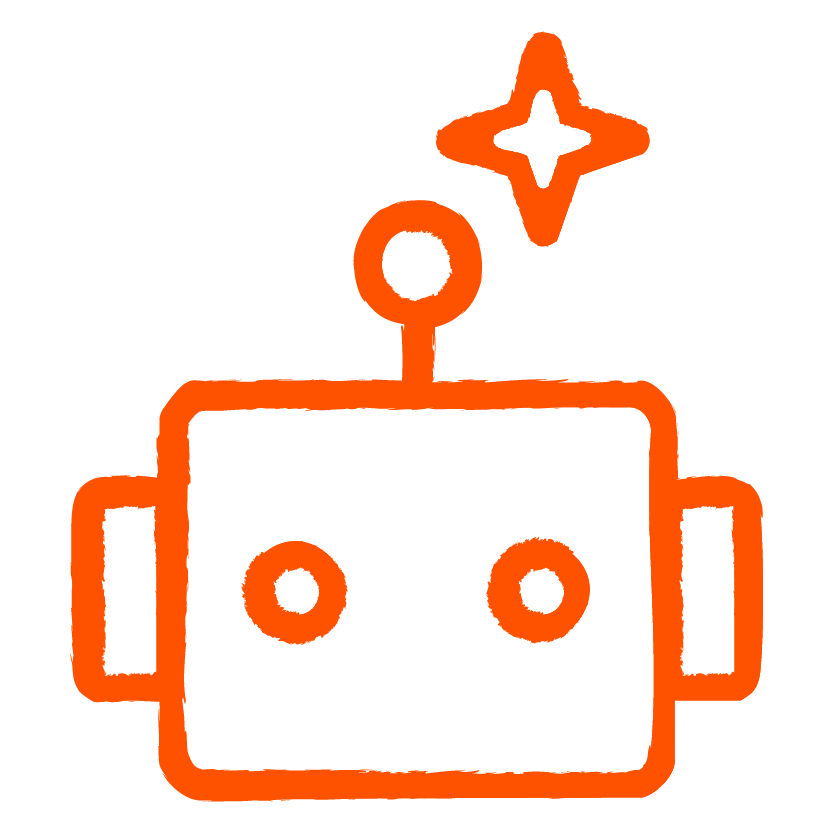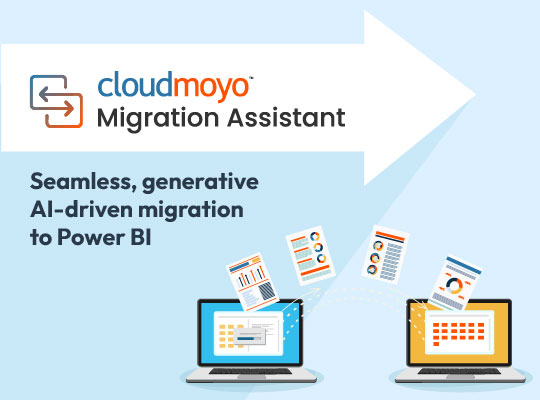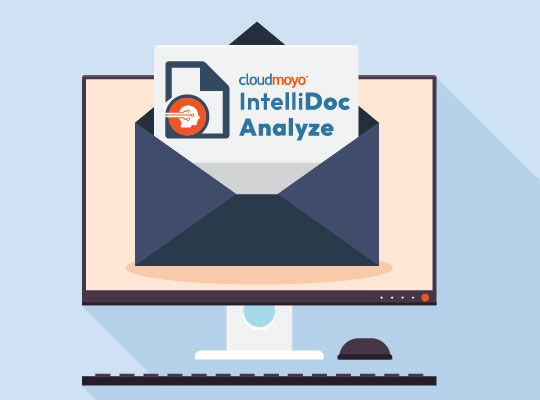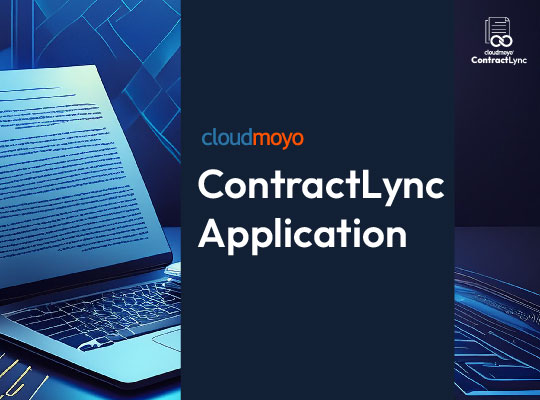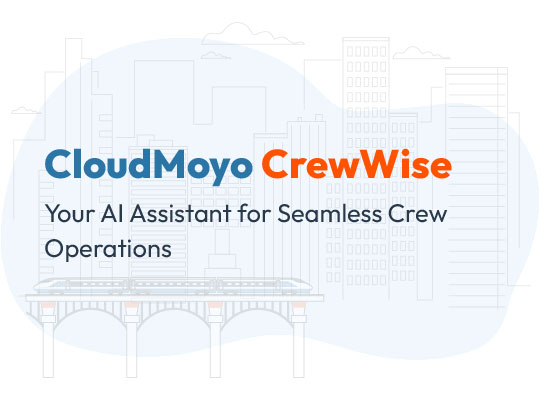Microsoft’s PowerApps jumped on the scene in 2015, back when the tool was originally launched. Over the course of 4 years, PowerApps has matured into a strategic tool that helps businesses from a variety of industries and of various sizes to build scalable, business applications with minimal coding and a fast, point-and-click approach.
In light of recent updates to PowerApps, we would like to share some tips for how users can take their PowerApps applications to the next level. The latest PowerApps capabilities—including data integration through the Common Data Service, accessibility to external users through the PowerApps portal, and the ability to add artificial intelligence (AI) to your application through AI Builder—offer organizations additional tools to support business goals and performance.
What is PowerApps?
A platform-as-a-service (PaaS), PowerApps enables business users to create, run, and manage an application without having to delve into the complexities of building and maintaining its infrastructure. In other words, little-to-no-coding is required, and the application can be shared on iOS, Android, and Windows devices. You can create custom templates with predefined entities and field mappings to create a flow of data from source to destination and transform the data before importing it.
The beauty of PowerApps is that you can tailor your applications to your business needs. This helps you first digitalize business processes to work more efficiently and, two, react more quickly to changing markets without being entirely dependent on developing a software solution to do so.
PowerApps offers a compelling business case to leaders. One of its leading features is the tool’s level of accessibility. This makes it easier for employees across your organization to help drive business outcomes and increase automation and optimization.
Put all your data to work with Common Data Service for Apps
- Jumpstart apps using a standardized data model with business logic, security, and integration built-in
- Extend to your own needs and integrate across your apps and services
- Store data in standard and custom entities with rich metadata
- Build PowerApps apps and automate Flows against the data stored in CDS
- The Common Data Model (CDM) is a standard and extensible collection of schemas (entities, attributes, and relationships) that represent business concepts and activities within well-defined semantics
- PowerApps come with a built-in, fully-managed, enterprise-grade datastore
Cloud and on-premises connectivity through PowerApps
- Built-in connectivity to over 230+ cloud services, files, databases, and web APIs
- Seamless hybrid connectivity to on-premises systems via the On-Premises Data Gateway
- Build custom connectors rapidly on a proven platform
- Extend applications using custom code
- Build custom controls and connectors that everyone can use
- Write advanced client or server side logic leveraging Azure Machine Learning, Cognitive Services, Bing APIs, custom code, or any service of your choice
- Integrate with Microsoft services like Power BI embed, Microsoft Flow, Microsoft SharePoint, Azure Blob Storage, Azure AD B2C, and Azure Application insights to enhance your portal with rich content and provide a personalized experience to your customers.
The Power Platform
What is the Power Platform? In many ways, it lives up to its name. A powerful tool for the modern workplace, Power Platform combines PowerApps, Power BI, and Microsoft. All three elements work together to empower business users regardless of the technical level of knowledge with the ability to build custom business apps, automate workflows to improve business productivity, and analyze data for valuable insights.
Power Platform offers you the ability to put your data to work by connecting to various business systems using the connector library and Common Data Services.
For the innovative and efficient enterprise looking to get the most out of the Power Platform, it’s critical to utilize all three tools—PowerApps, Power BI, and Microsoft Flow—at the same time. Let’s dive into each of these tools and what benefits they offer your company:
- Integrate your data with PowerApps
Ready to turn your business application into a productivity app? With the Data Integrator, you can pull in data from multiple sources into Common Data Service, where you can standardize it to ensure that your app is scalable, compliant, and tailored to your unique business needs. For example, you can take your data from Salesforce and integrate it into an app that your sales reps use. At this point, you’ll be able to extend your apps to not only store data, but model processes and business logic.
- Employ Power BI
Power BI enables you to turn your data into a strategic asset through insightful visualizations that help you make smart business decisions quickly. As one of the important players in the Power Platform, Power BI is accessible to external users with access to the Power Portal. It seamlessly integrates with PowerApps so that users can access Power BI embedded dashboards and reports and create Power BI data flows. Different form factors enable data flows, and you can create business rules around the data flows.
- Automate tasks across apps with Microsoft Flow
Providing businesses with the capability to create and automate workflows and tasks across multiple applications and services, Microsoft Flow is the 3rd tool in the Power Platform which also integrates seamlessly with PowerApps. Using this tool in conjunction with PowerApps, you can stream workflows across multiple apps and transform traditionally repetitive and time-consuming tasks and processes into automated, multistep workflows.
Why CloudMoyo
With a PowerApps partner, you can ensure that your application is everything you need and more, capable of deployment across your company, pulling in data from internal and external applications, and offers analytics-based insights that take your data to the next level.
CloudMoyo offers expertise in data integration and analytics, a solid understanding of data architecture, experience in building enterprise-grade applications, and a deep industry partnership with Microsoft to help you create PowerApps tailored for your business. We manage the end-to-end process and take care of all requirements gathering and UI design, and leverage Common Data Service to map disparate data sources within your enterprise.
You can talk to one of our solution experts today to learn more about you can leverage PowerApps and the Power Platform in your organization.


